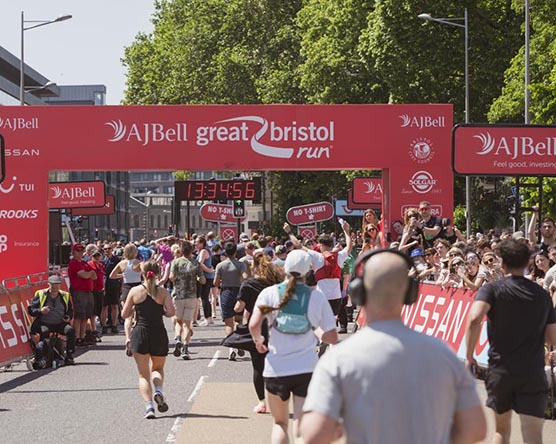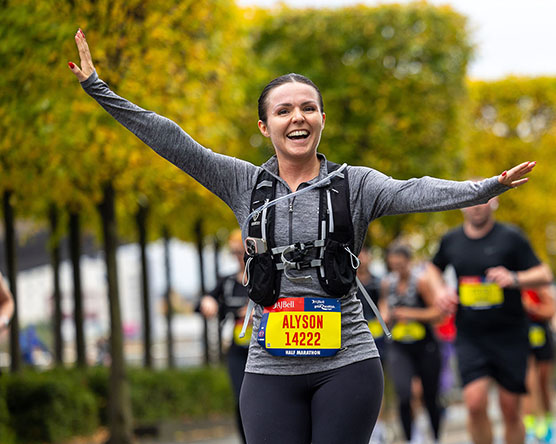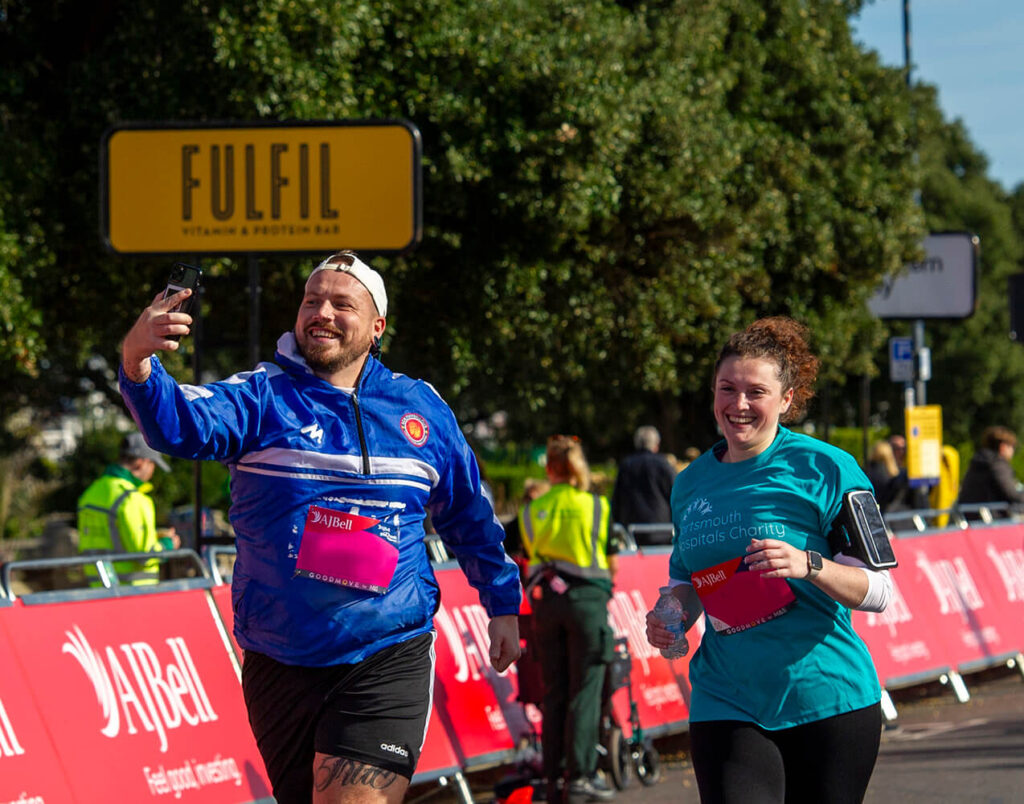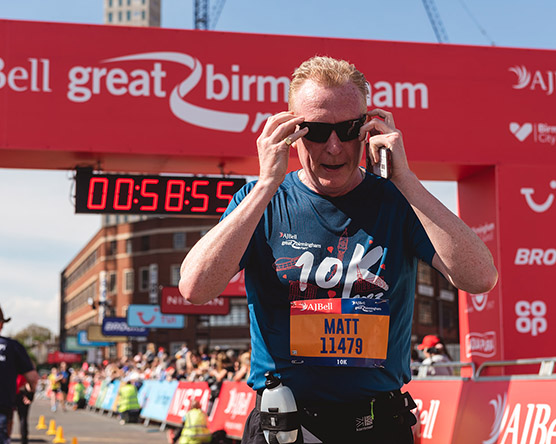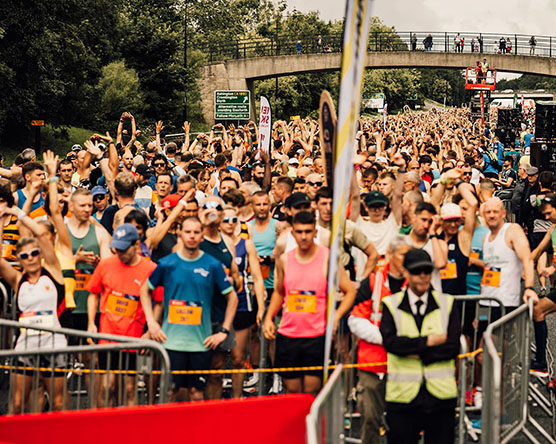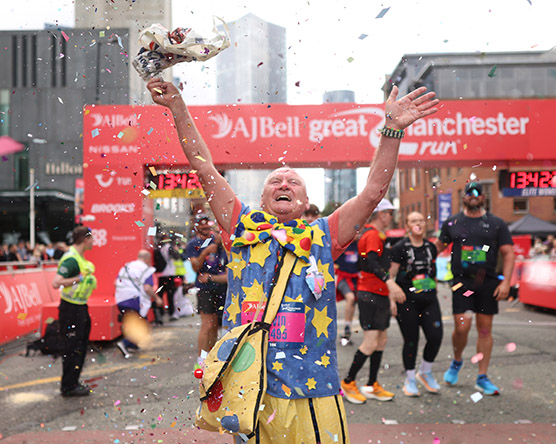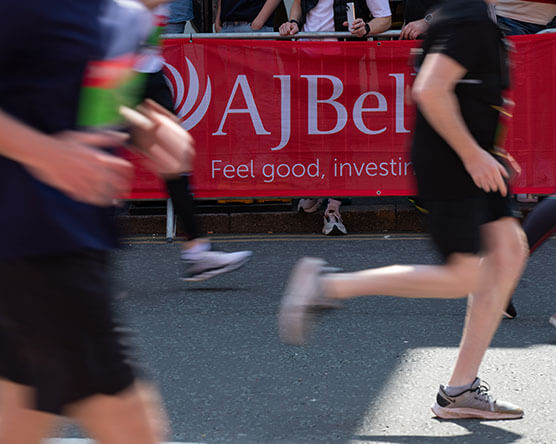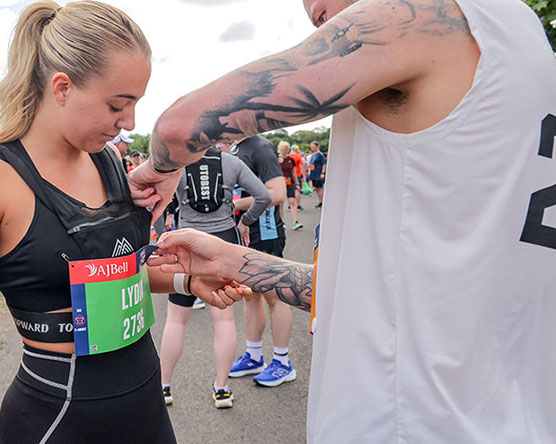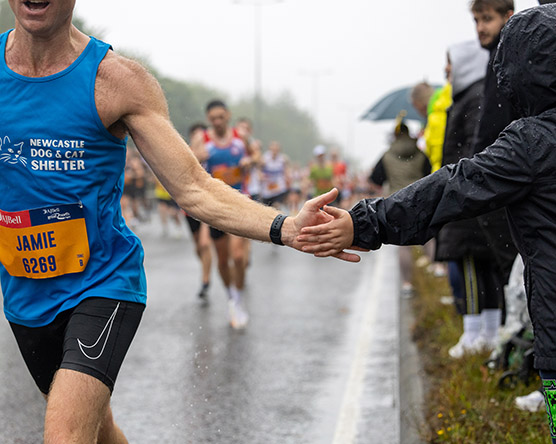Gait analysis can identify bad habits which can lead to injury
Here is our handy guide from physiotherapist and runner Jenny Blizard.
Every activity we perform including standing still, represents a unique body movement pattern, which develops and changes over time. Unfortunately this is not always good news for our bodies, particularly when we undertake activity challenges like running which requires symmetrical movement patterns.
Our movement patterns are very strongly influenced by our anatomy, lifestyle and postural habits which in turn affect our:
- Biomechanics
- Mobility
- Stability
- Flexibility
- Functional muscle strength
If your movements include compensations, which most people do, particularly if you spend a lot of time sitting behind a desk, drive or perform repeated manual work such as on production lines, then this can include a whole host of problems particularly when you train for events that involve and require repetitive and symmetrical movement patterns like running.
Consider for instance when you are sat at a desk all day, your hips are in a flexed position and your gluteals are very inactive. Consider how this differs from running which requires the opposite; full hip extension and strong gluteal activity.
Gait analysis can help to pinpoint areas in the body where inefficiencies and problems originate. Your feet are only one small piece of your biomechanical puzzle. It is unfortunate that most runners only opt to have a mini gait analysis when they try out and purchase a pair of running shoes for the first time.
Even worse the running shoes are chosen usually based on what is seen at the feet. This is bad news because a foot that rolls inward too much is more often than not, caused by an unstable hip or restricted calf muscle. A stability shoe is then provided which encourages the body to be even lazier and compensate more not less.
Worse still a stability shoe forces your body into an abnormal movement pattern, which can increase rather than decrease the risk of injury. What happens in your feet transfers up through your body which is why poor movement patterns from your feet affect your hips, knees, back, shoulders and even your neck and vice versa.
Unless the causes of these dysfunctional movement patterns are addressed the problems won’t change and your risk of injury will exponentially increase with the amount of activity that you do.
If you suffer from unexplained pain in your feet, knees, hips and even your back, neck and shoulders especially when you are physically active, a gait assessment could be particularly beneficial. Even better, have a gait assessment before you start training for your first goal to prevent aches happening in the first place.
About the author: Jenny Blizard BSc (Hons), MCSP, HPC is a Chartered Physiotherapist and Clinic Director BLIZARD PHYSIOTHERAPY and Sports Performance Clinic



